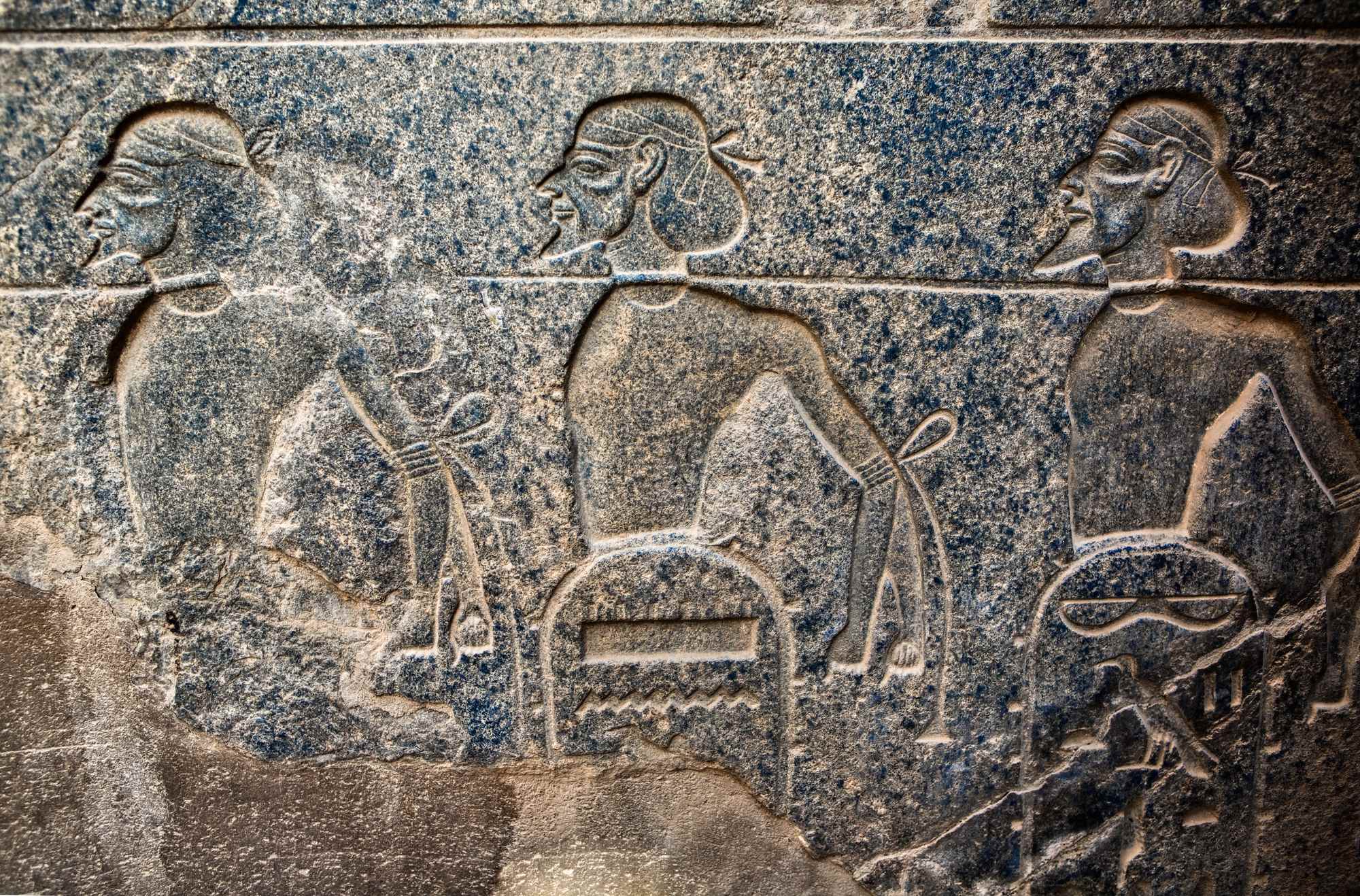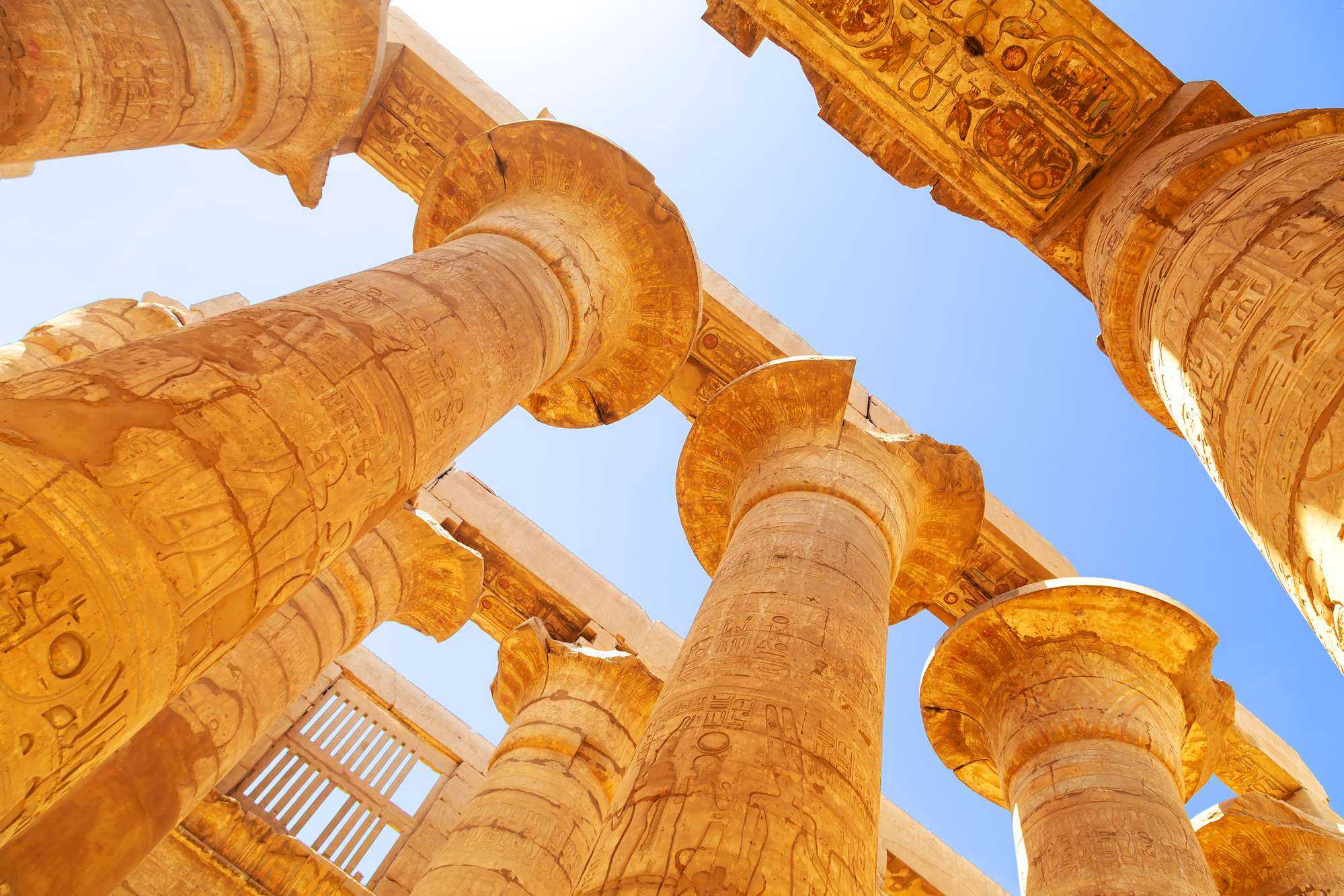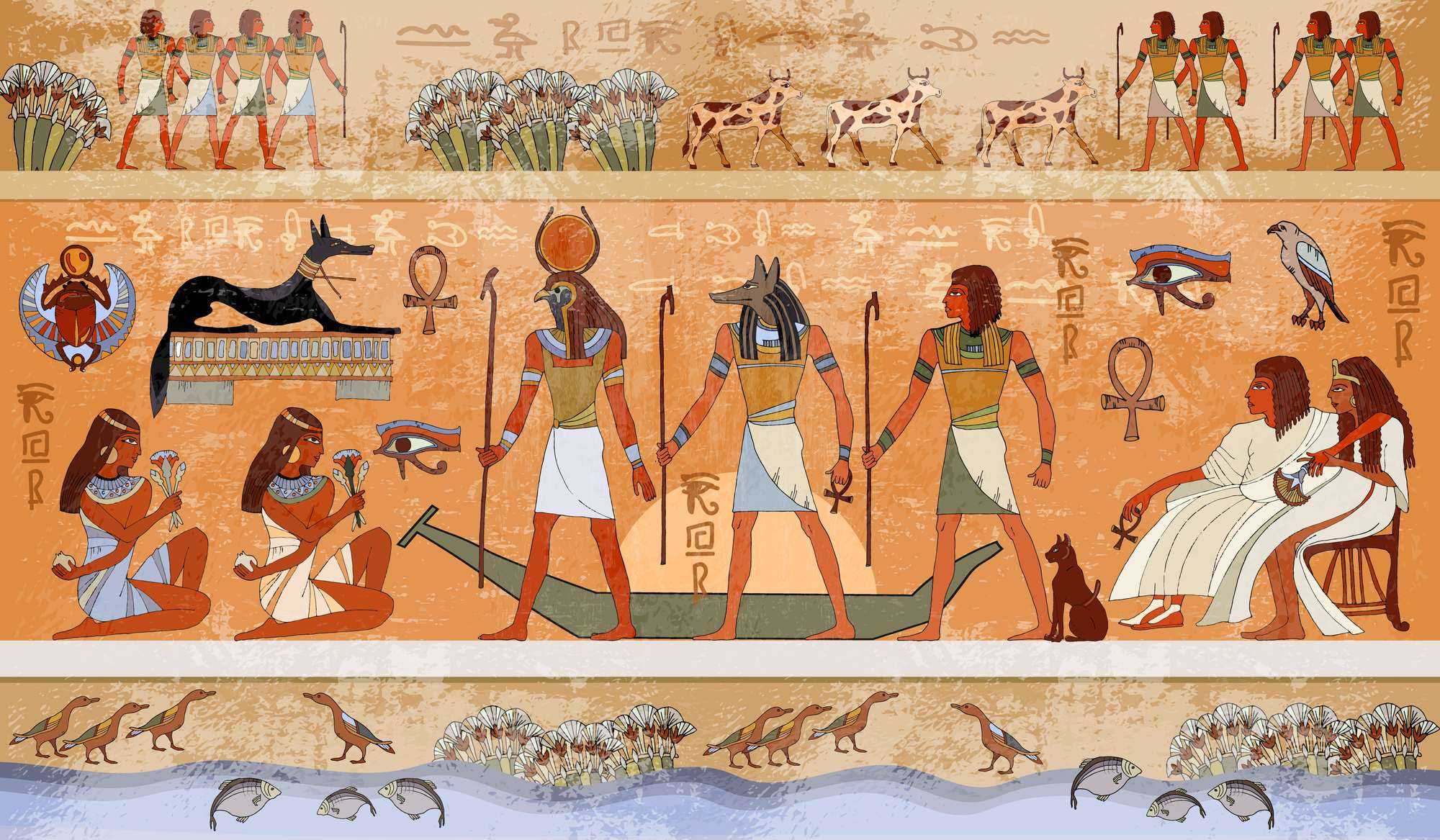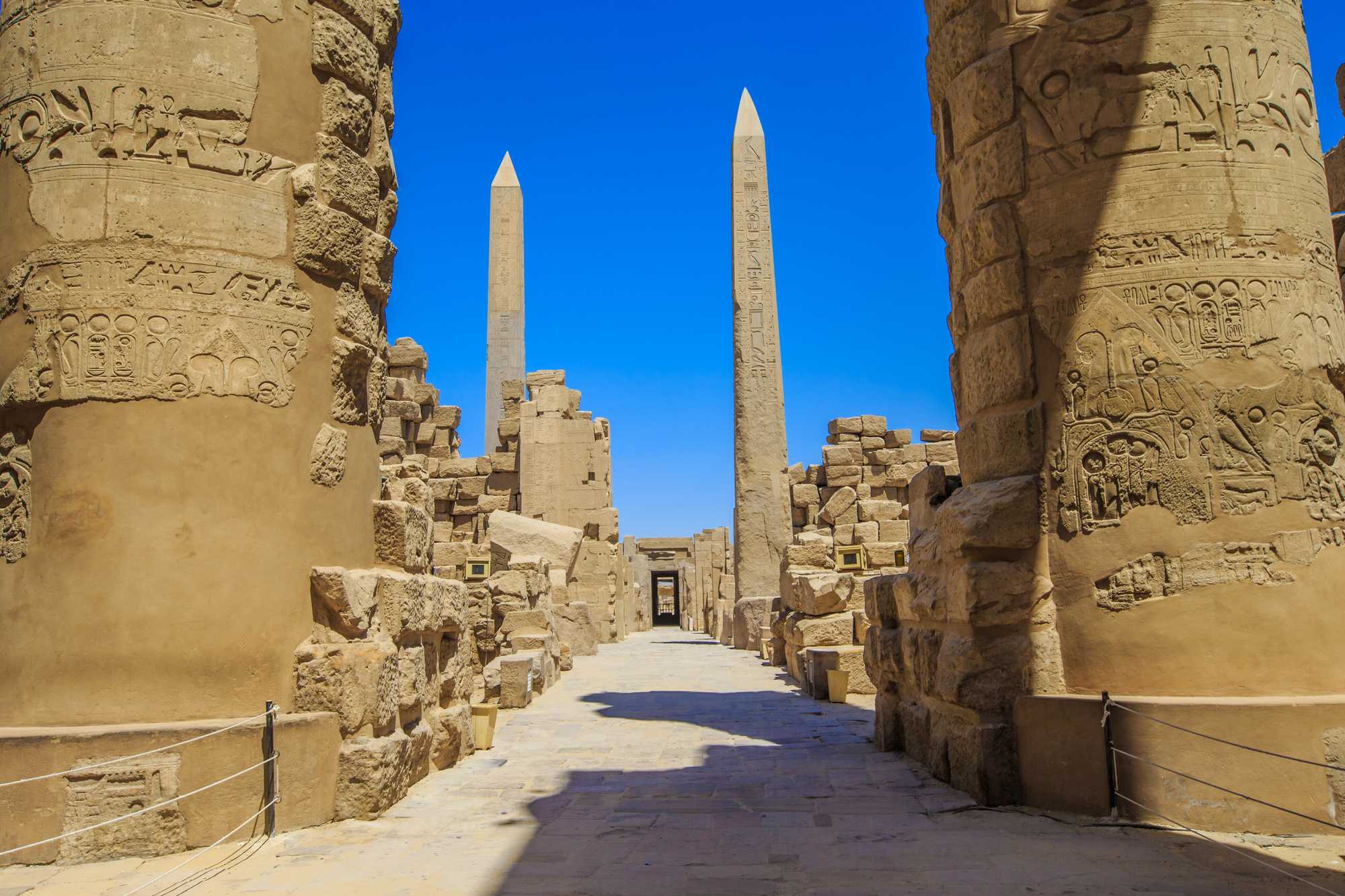African History
The 2nd intermediate period – the Hyksos Invasion Part 1

African History
Seti the 1st war correspondents etched along the north wall of the Hypostyle hall; more of his great achievements
African History
Tremendous achievements for the 1st year nesew Seti
African History
Why would he be chosen to be the next nesew? Rameses the 1st – 19th Dynasty circa 1292 -1290 BCE
-

 Junior Contributors1 week ago
Junior Contributors1 week agoBeneath the waves: Unveiling the legacy of the transatlantic slave trade in the Bahamas
-

 Community News1 week ago
Community News1 week agoStep into Spring with SheaMoisture’s new collection
-

 The Poetic Word1 week ago
The Poetic Word1 week agoEverlasting Flames-to be Submitted
-

 Junior Contributors1 week ago
Junior Contributors1 week agoThe cost of convenience: how much does delivery really cost?
-

 Sports1 week ago
Sports1 week agoWill Léonice Huet (Black badminton player) qualify for the Paris 2024 Olympics
-

 Community News5 days ago
Community News5 days agoThe Federal Government has created Personal Information Banks (PIB) to collect and store data on Canadians
-

 Community News5 days ago
Community News5 days agoHOV presents “CANNABIS, HERSTORY!” incorporating cannabis back into our stories
-

 Community News5 days ago
Community News5 days agoUnder the radar; Manitoba principal apologizes for the distribution of sex education kits

























